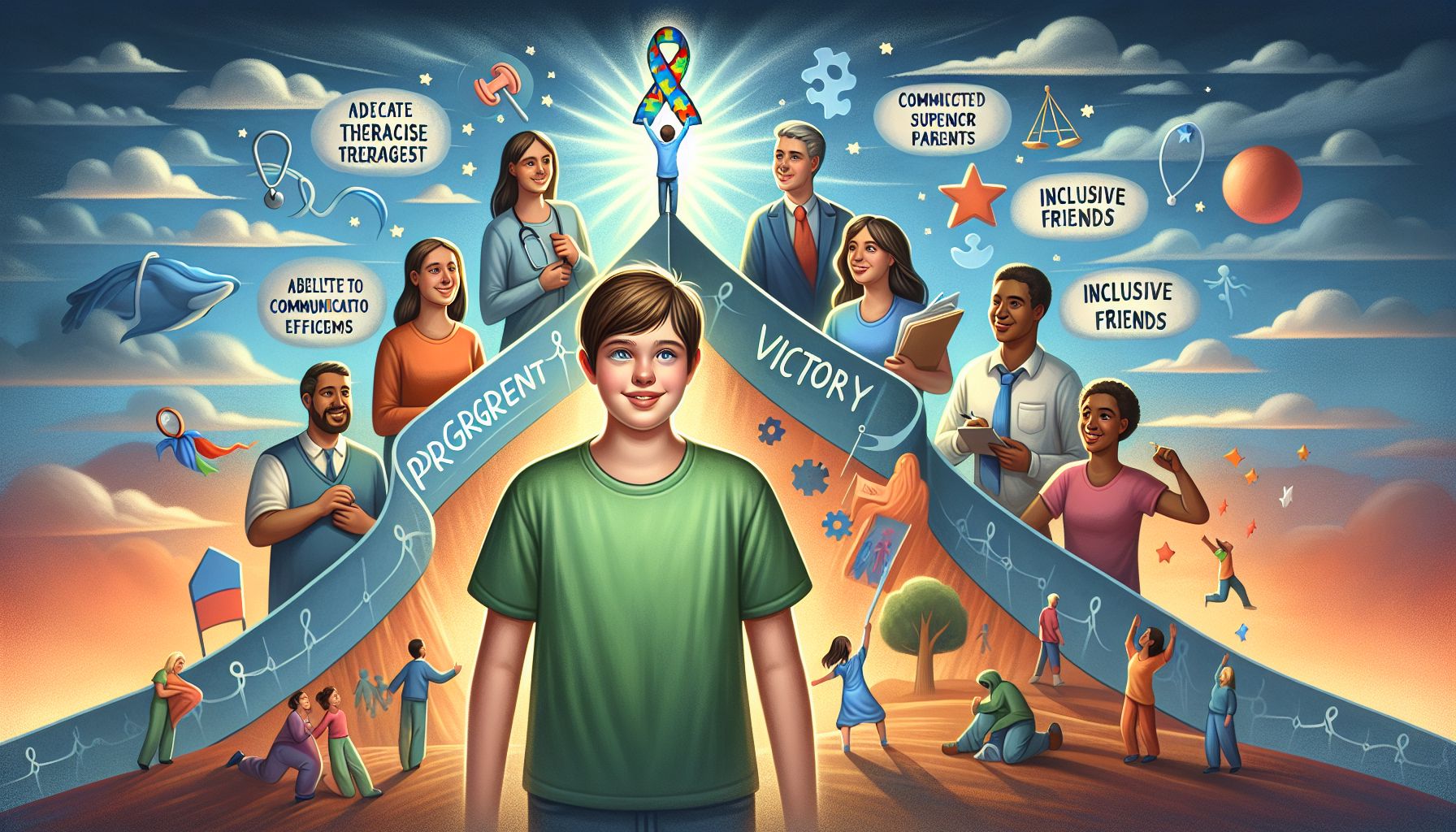Autism spectrum disorder (ASD) involves a broad range of conditions that often include challenges with social skills, repetitive behaviors, speech, and nonverbal communication. Affecting approximately 1 in every 54 children in the U.S., ASD is a common condition faced by many families. If you’re the parent or caregiver of a teenager living with autism, knowing how to best support them can feel overwhelming. But with the right knowledge and resources, you can help your adolescent thrive. This article aims to provide an in-depth look into autism treatment during adolescence.
Understanding Autism
Autism often presents itself during early childhood, and symptoms can vary extensively from person to person. While some individuals require significant support in their daily lives, others may need less assistance and, in some cases, live entirely independently.
Recognizing Autism in Adolescence
During adolescence, the symptoms of autism may become more pronounced. Some teenagers may experience additional challenges as they struggle with the physical and emotional changes of puberty. This may lead to an increase in autistic behaviors or the emergence of new ones. These changes can be confusing for the teen, their family, and their caregivers.
As an important member of their life, understanding these changes can significantly help. Some signs you might recognize in your adolescent include difficulty interacting socially with peers, developing narrow or intense interests, struggling with sensory issues, or having trouble adjusting to changes.
Practical Treatment Approaches
Individualized Education Programs
Schools should provide Individualized Education Programs (IEPs) that address the specific needs of students with ASD. This plan aims to improve learning, independence, and social outcomes. It can detail modifications or changes to the teaching environment, curriculum, or instructional strategies.
Cognitive Behavioral Therapy
Cognitive behavioral therapy (CBT) is an effective treatment approach for adolescents with autism. It often targets anxiety, which is known to be prevalent among individuals with ASD. CBT helps teens understand the interplay between their feelings, thoughts, and behavior, promoting improved control over their emotional responses.
Speech and Language Therapy
Speech and language therapy may prove beneficial for teenagers still struggling with communication. This therapy might aim to improve social communication skills, vocabulary understanding, or even non-verbal communication.
The Importance of Routine
Routine and structure tend to be particularly essential elements for teens with autism. Adolescents can be thrown off by sudden changes to their carefully crafted routines. Maintaining a consistent schedule can provide a sense of safety and predictability.
Dealing with Change
Transitions such as starting at a new school or setting can be particularly difficult for teens with autism. The key is to prepare them for this change by explaining what they can expect. Visual supports and social stories are excellent methods for easing anxiety about the unknown.
Encouraging Social Interaction
Helping your adolescent develop social skills is paramount. Social interaction can be encouraged through different strategies such as volunteer work, clubs, or extracurricular activities. These situations offer opportunities for practice, and they can help your teenager become more comfortable in social settings.
The Role of Medication
Medication might be considered as part of a comprehensive treatment plan. A healthcare provider must thoroughly assess and monitor the teen before and throughout medication use. Medication can occasionally help manage co-occurring conditions such as anxiety, depression, or attention deficit hyperactivity disorder (ADHD).
The Value of Support
As a parent or caregiver, your well-being is incredibly crucial in this journey. Locating and accessing support groups for families dealing with autism can provide a forum to share experiences, advice, and encouragement.
Il is also pivotal to remember that each individual with ASD is unique. Different approaches will work for different teens. Patience and compassion will go a long way in assisting you to find the most effective form of assistance for your loved one.
Finally, it’s worth noting that many individuals with ASD lead happy, healthy lives and make significant contributions to society. The goal for treatment is not to “cure” your teen of their autism, but to help ensure they can live a fulfilling and enriching life.
Remember, this journey with autism is not one you have to take alone. Reach out to healthcare providers, reach out to support groups, and keep learning how best to support your adolescent through this phase of their life. The more knowledgeable and prepared you are, the better equipped you’ll be to guide your teen through the challenges and triumphs that adolescence with autism may present.

